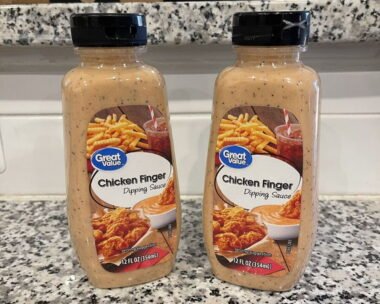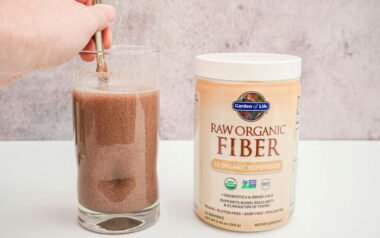Historical Context
For decades, Americans have relied on Hershey’s syrup, introduced in the 1920s. It was originally created to be blended with milk, but its adaptability made it popular in ice cream parlours and home kitchens. First sold in sturdy metal cans, the syrup became a brand icon.
The Golden Age of the Can
Metal cans were useful in their time. It retained syrup flavour and was the most durable package at the time. Bold artwork made the can stand out on retail aisles. However, it required a can opener, which is now obsolete for many foods.
| Feature | Metal Can | Plastic Bottle |
|---|---|---|
| Durability | Very High | Moderate |
| Convenience | Requires can opener | Squeeze to dispense |
| Eco-friendliness | Metal recycling possible | Concerns about plastic waste |
| Nostalgia | High | Low |
Packaging Transition
Hershey’s strategically switched from metal cans to plastic squeeze bottles in the 1980s. Consumer tastes and packaging technologies drove this change. Customers could distribute syrup directly from squeeze bottles without utensils, making them extremely convenient.
Reasons for Discontinuation of Cans
The classic syrup can was discontinued for several reasons:
- Convenience: Plastic bottles provided an easy-to-use, convenient option that appealed to the fast-paced lifestyle of modern consumers.
- Manufacturing Efficiency: Plastic packaging allowed for more streamlined production and distribution processes.
- Consumer Preference: As the market evolved, consumers began to favor packaging that was lighter and easier to handle.

Nostalgia and Cultural Significance
Older generations are nostalgic for Hershey’s syrup. It recalls simpler times and childhood recollections. Its advertising, movies, and TV shows solidify its place in American society. Old cans are now collectors’ items, selling for a lot at auctions.
Environmental Concerns
The switch to plastic bottles has aroused environmental worries since plastic waste threatens sustainability. In response, Hershey’s has pledged to reduce their environmental impact and use eco-friendly packaging. While many consumers choose ecological packaging, the dispute remains.
Branding Impact
Hershey’s syrup can history lives on in marketing and products despite the switch to plastic. The can’s iconic look and practicality shaped Hershey’s branding, and special edition releases honour it.
| Branding Element | Impact of Can Design |
|---|---|
| Recognition | Highly recognizable branding |
| Nostalgia Marketing | Evokes strong emotional ties |
| Collector’s Value | Increased brand prestige |
Market Trends
Hershey’s syrup can discontinuation follows packaging market trends. Food business competitors have also adopted more convenient and cost-effective packaging. Brands must adapt to changing consumer needs to be competitive.

Frequently Asked Questions (FAQ)
Cans of Hershey’s syrup debuted when?
Hershey’s syrup was canned in the 1920s.
Plastic bottles replaced cans for Hershey’s. Why?
Convenience and consumer choice for easier-to-use packaging drove the change.
Are old Hershey’s syrup cans valuable?
Vintage cans are collectible and expensive.
Is Hershey’s tackling plastic packaging’s environmental impact?
Hershey’s is reducing their packaging’s environmental impact through sustainability measures.
Exist special editions with old can design?
The iconic can design appears in Hershey’s commercial campaigns sometimes.
Collectors’ Item
Collectors prize vintage Hershey’s syrup cans. Their nostalgia and historical relevance make them popular with fans. Well-preserved cans have sold for a lot on internet auction sites, proving their longevity.
Cultural Significance
The syrup can is a symbol of American culture in media and pop culture. It reminds consumers of the brand’s lengthy history in confectionery and its impact on generations. Hershey’s marketing and rereleases honour the can’s cultural significance.
The demise of Hershey’s syrup can signals the end of an era, yet brand identity and consumer memories live on.




